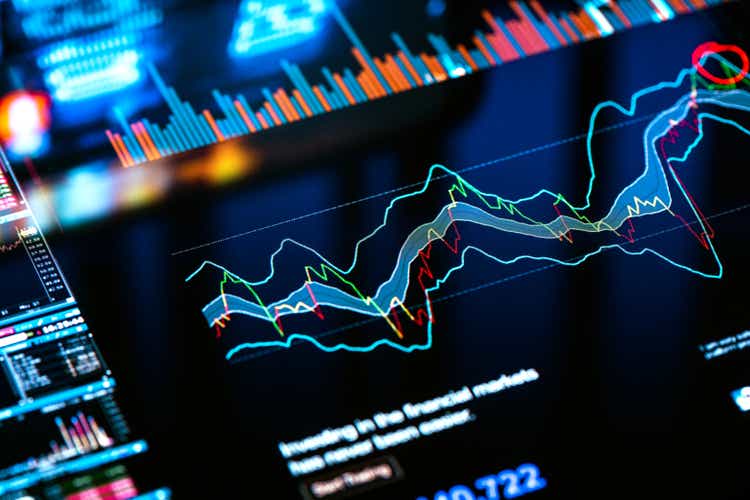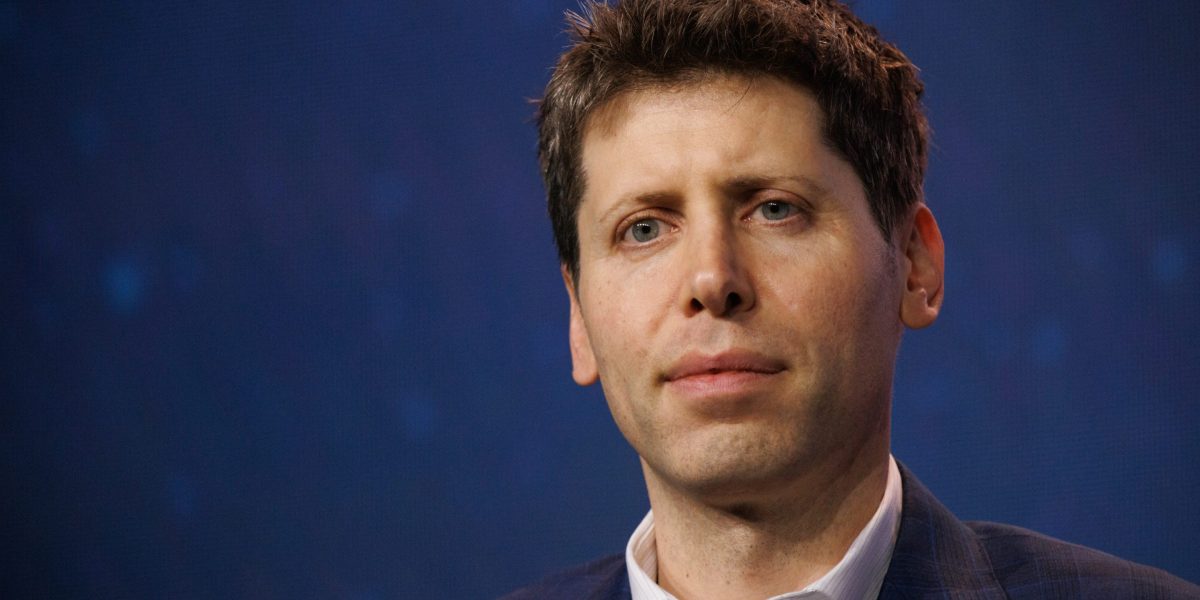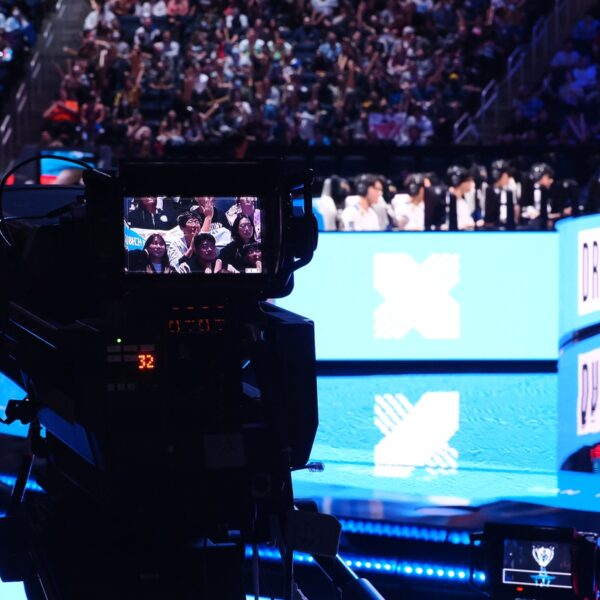da-kuk
Greetings from Middleburg. We hope your summer is off to a good start.
The Akre Focus Fund’s (MUTF:AKRIX) (the “Fund”) second quarter 2025 performance for the Institutional share class was 6.46% compared with S&P 500 (SP500), (SPX) Total Return of 10.94%. Performance for the trailing 12-month period ending June 30, 2025, for the Institutional share class was 20.43% compared with 15.16% for the S&P 500 Total Return.
|
Performance |
Average Annual Total Returns % as of 6/30/25 |
|||||||
|
Net Assets |
QTD |
YTD |
1 YR |
3 YR |
5 YR |
10 YR |
15 YR |
Since Inception 8/31/09 |
|
Retail |
6.41 |
7.96 |
20.13 |
17.77 |
11.78 |
14.02 |
15.90 |
15.13 |
|
Institutional |
6.46 |
8.08 |
20.43 |
18.08 |
12.07 |
14.32 |
16.21 |
15.44 |
|
S&P 500 TR |
10.94 |
6.20 |
15.16 |
19.71 |
16.64 |
13.65 |
14.86 |
14.22 |
|
Performance data quoted represents past performance and does not guarantee future results. The investment return and principal value of an investment will fluctuate so that an investor’s shares, when redeemed, may be worth more or less than their original cost. Fund performance current to the most recent month-end may be lower or higher than the performance quoted and can be obtained by calling 1-877-862-9556. The Fund’s annual operating expense (gross) for the Retail Class shares is 1.32% and 1.06% for the Institutional Class shares. The Fund imposes a 1.00% redemption fee on shares held less than 30 days. Performance data does not reflect the redemption fee, and if reflected, total returns would be reduced. The S&P 500 TR is a broad-based unmanaged index of 500 stocks, which is widely recognized as representative of the equity market in general. It is not possible to invest directly in an index. |
We recently read a very interesting report by Morgan Stanley’s (MS) Michael Mauboussin and Dan Callahan entitled Drawdowns and Recoveries: Base Rates for Bottoms and Bounces1 . We were hooked from the opening sentence: “One of the hardest aspects of being a long-term investor is that even the best investments, or investment portfolios, suffer large drawdowns. A drawdown is the price decline from peak to trough.” For us, the report’s key findings were as follows:
- Large drawdowns indeed! The report cites a study of roughly 28,600 public companies from 1926 through 2024. The top six of these in terms of wealth creation (Apple (AAPL), Microsoft (MSFT), NVIDIA, Alphabet (GOOG),(GOOGL), Amazon (AMZN), ExxonMobil (XOM)) suffered an average maximum drawdown of 80.3%! Amazon’s share price dropped 95% from December 1999 to October 2001, for example. Nvidia’s (NVDA) dropped 90% from January 2002 to October 2002.
- The study by Messrs. Mauboussin and Callahan involved 6,500 US stocks from 1985- 2024. The median stock price recovery from the drawdown bottom was 89.6% of the pre-drawdown peak (a.k.a. “par”). In other words, the median stock failed to return to its prior peak after max drawdowns: a permanent loss of capital for those who bought high.
- Returns from the bottom of these drawdowns were spectacular even if the stock failed to return to par. Intuitively, the bigger the drawdown, the bigger the subsequent return from the bottom. As the report points out, buying at the very bottom of a drawdown is highly unlikely. But it holds that the lower one buys during a drawdown, the higher the subsequent return.
- The role business quality played in terms of long-term compounding was of particular interest to us. In this report, the proxy for business quality was the extent of the drawdown: the smaller the drawdown, the higher the business quality, and vice versa. Critically, the study shows that while the largest drawdown (lowest quality) businesses produced the highest returns from the bottom, they generally did not compound from their pre-drawdown peak. Specifically, the quintile of stocks with the largest drawdowns recovered just 80% of prior peak value five years after the drawdown bottom. On the other hand, the quintile of stocks with the smallest drawdowns (a.k.a. the highest quality stocks) nearly doubled in value from their prior peak value five years after bottoming. In rough math, given the seven-year time frame of the study (two-year drawdown followed by five years of recovery), the lowest quality businesses compounded at negative 3.1% annually from peak to recovery, declining from an indexed peak of $100 to $80 seven years later. The highest quality businesses compounded at positive 9.6% annually over those seven years, increasing from an indexed peak of $100 to approximately $190 seven years later.
We cannot directly map these research findings to our portfolio or investment approach, particularly the correlation of drawdown depth to business quality. However, we believe the findings corroborate our long-held notion that a compounding investment approach has subtle but important distinctions from value investing. Those distinctions center on the primacy of business quality.
Per the Morgan Stanley study2, high quality businesses generally compounded positively over time, even from their pre-drawdown peak. Low quality businesses, which declined more and bounced higher off the bottom, generally did not.
These findings reminded us of what we did, and did not do, during the sharp but short-lived COVID bear market of March 2020, a month during which we bought over $1.1 billion in equities. We did not buy the COVID “ground zero” names such as airlines and cruise lines, both among the hardest hit, deepest value sectors at the time. Value investors might reasonably look to play the bounce in such sectors. If you bought the all-airline US Global Jets ETF (JETS) on March 30, 2020, you made an 85.62% return after just one year! The harder the fall, the higher the bounce.
To our way of thinking, however, airlines are not high-quality businesses. And indeed, that lack of quality weighed on their longer-term rate of compounding. By the second anniversary of that well-timed JETS purchase, the annual rate of return dropped to 22.31%. By June 30, 2025, the annualized return off the bottom stood at 9.15% [per Bloomberg].
The equity investments we made in March 2020 bounced less but have compounded more. A year later, as of March 30, 2021, our March 2020 investments in aggregate had appreciated 74.85%, excluding dividends. A nice rebound, to be sure, but less than that achieved by the harder hit, lower quality airline stocks. However, quality and compounding show over time. Our March 2020 equity investments in total would have compounded at approximately 19.07% annualized if all were held through June 30, 2025, excluding dividends. The investments we made in March 2020 and have held through June 30, 2025, have compounded at approximately 21.67% excluding dividends.
We believe compounding-driven investors are distinguished by an emphasis on quality and quality’s tendency to reward longer holding periods. Warren Buffett’s adage, “If you aren’t thinking about owning a stock for ten years, don’t even think about owning it for ten minutes,” captures this distinction between compounding and bounce-seeking value investing.
Furthermore, we think of traditional value investing as seeking to buy the proverbial $1 of “intrinsic value” for ~$0.60, sell at $0.85 or $0.90, rinse and repeat. For value investors, valuation is the primary investment (buy and sell) consideration. And there’s nothing wrong with this whatsoever.
However, in our view, such an approach implies a somewhat commoditized view of businesses as easily exchangeable like-for-like. We believe business quality is just as important as starting valuations if the goal is to compound capital at an attractive rate over the longest time. We endeavor to own the highest quality businesses we can understand and buy them only at attractive valuations. The Morgan Stanley study supports this notion that high business quality is key to long-term compounding, even from pre-drawdown peaks.
Obviously, compounding is easier said than done. Even when done exceptionally well, an active manager is prone to getting fired during the inevitable sharp drawdown or its aftermath. Indeed, the Morgan Stanley piece cites another of our favorite reads of recent years, Wes Gray’s Even God Would Get Fired as an Active Investor. Dr. Gray constructs portfolios consisting only of the 50 best performing stocks over five-year periods starting January 1, 1927. Every five years, these portfolios are reset to include only the 50 best performers over the next five years. Calling these “God Portfolios”—built with perfect foresight to contain only the best performing stocks over each five-year period—these portfolios performed brilliantly, with annualized returns over the study period (1927 through 2016) three times that of the S&P 500. However, even these “perfect” portfolios were subject to significant drawdowns, the worst being 76% (August 1929 to May 1932) along with five drawdowns of 30% and higher. As Messrs. Mauboussin and Callahan say, “Even the perfect portfolio tests the resolve of those who own it.”
Even for the best performing stocks and the best performing portfolios, faith-testing drawdowns are inevitable. The Morgan Stanley study supports our long-held view that a dual focus on business quality and starting valuation are the keys to long-term compounding.
The top five contributors to performance during the quarter were Constellation Software (OTCPK:CNSWF), Brookfield Corporation, Topicus (OTCPK:TOITF).com, KKR (KKR), and Moody’s (MCO). No callouts worth mentioning.
The top four detractors from performance this quarter were O’Reilly Automotive (ORLY), Roper Technologies (ROP), LVMH (OTCPK:LVMHF), and Danaher (DHR).
As of June 30, cash and equivalents stood at 8.1% of the Fund, up from 6.3% on March 31 and 1.4% on December 31st. We have made a point of raising our cash position in case our valuation discipline and patience gets rewarded in the weeks and months ahead. Over the life of the Fund, we have routinely held cash in the 5-10% range.
Finally, as announced in the supplement to the Akre Focus Fund’s Prospectus dated June 4, 2025, we received approval from the Board of Trustees to convert the Fund from a mutual fund to an exchange traded fund. The ETF structure is expected to offer enhanced tax efficiency, greater trading flexibility, and increased transparency of portfolio holdings. The investment process and investment team will remain the same.
We thank you for your exceptional support.
John
Top Ten Holdings as of 6/30/25
|
Name |
% of net assets |
|
Constellation Software, Inc. |
13.0 |
|
Mastercard, Inc. (MA) |
11.8 |
|
Visa, Inc. (V) |
9.1 |
|
Brookfield Corp (BN). |
8.7 |
|
KKR & Co., Inc. |
8.4 |
|
Moody’s Corp (MCO). |
7.9 |
|
Roper Technologies, Inc. |
6.4 |
|
6.1 |
|
|
CoStar Group, Inc. (CSGP) |
5.5 |
|
O’Reilly Automotive, Inc. (ORLY) |
4.8 |
Sector Weightings as of 6/30/25
|
Type |
% of net assets |
|
Financials |
46.0 |
|
Information Technology |
25.6 |
|
Consumer Discretionary |
10.2 |
|
Real Estate |
6.1 |
|
Health Care |
2.8 |
|
Insurance |
0.8 |
|
Industrials |
0.5 |
|
Cash & Equivalents |
8.0 |
|
Footnotes 1 Drawdowns and Recoveries: Base Rates for Bottoms and Bounces 2 Drawdowns and Recoveries: Base Rates for Bottoms and Bounces The composition of the sector weightings and fund holdings are subject to change and are not recommendations to buy or sell any securities. Cash and Equivalents include asset backed bonds, corporate bonds, municipal bonds, investment purchased with cash proceeds for securities lending, and other assets in excess of liabilities. Mutual fund investing involves risk. Principal loss is possible. The Fund is non-diversified, meaning it may concentrate its assets in fewer individual holdings than a diversified fund. Therefore, the Fund is more exposed to individual stock volatility than a diversified fund. In addition to large- capitalization companies, the Fund invests in small- and medium- capitalization companies, which involve additional risks such as limited liquidity and greater volatility than larger capitalization companies. The Fund’s investment objectives, risks, charges, and expenses must be considered carefully before investing. The summary and statutory prospectus contains this and other important information about the investment company and it may be obtained by calling (877) 862-9556 or visiting www.akrefund.com. Read it carefully before investing. The Akre Focus Fund is distributed by Quasar Distributors, LLC. |
Editor’s Note: The summary bullets for this article were chosen by Seeking Alpha editors.















